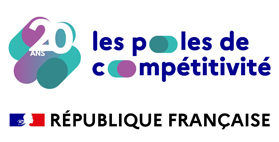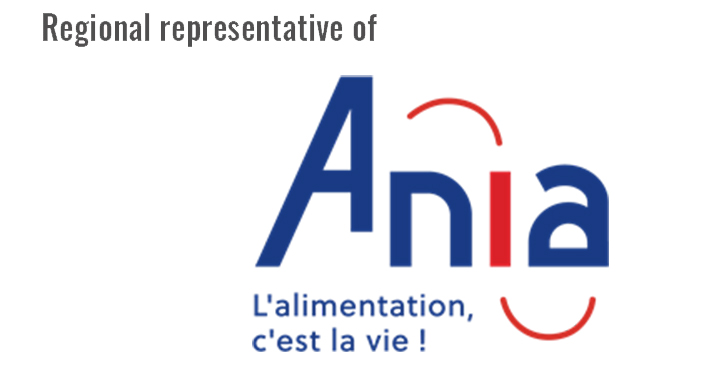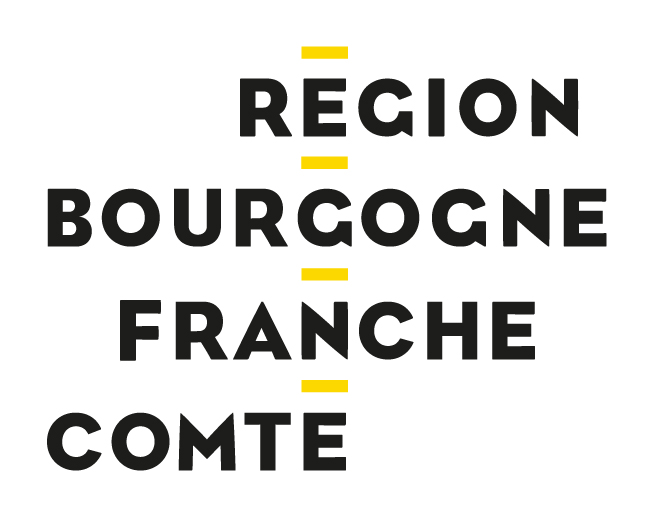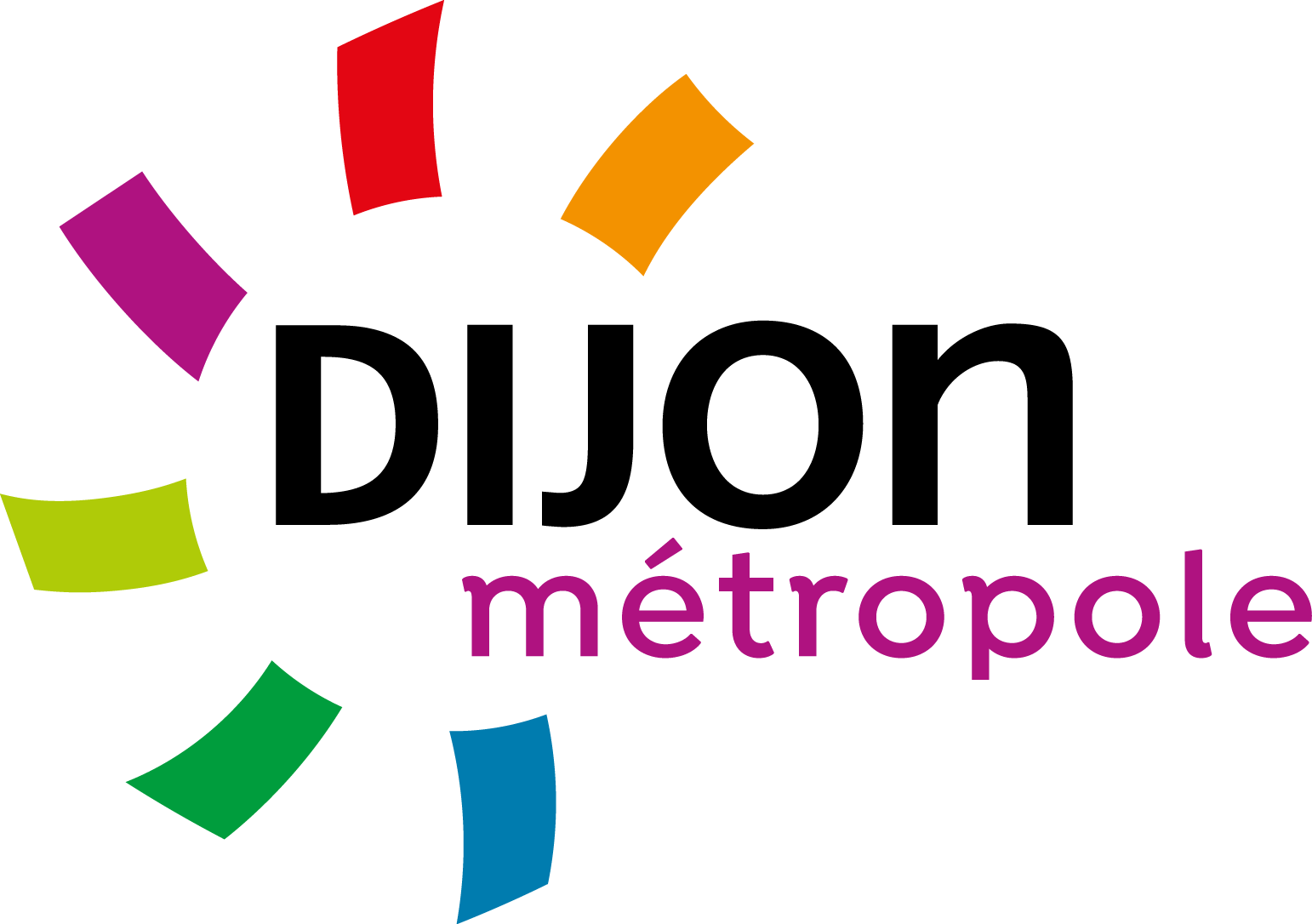05 May 2021
Copycat: what can petfood learn from human food trends?

With 14 million cats, more than 7 million dogs (according to a 2018 Facco/Kantar report), and a few million fish, birds and other animals, at least half of all French households contain a pet.
From flexitarian to vegan, natural, gluten free… it is widely accepted that current human food trends are an expression of an overall movement towards hyperspecialized diets. But what about the petfood aisle of the supermarket? And what nutritional needs are being catered to?
Here is a panorama of French trends and innovations regarding our four-legged friends.
The petfood market in France
According to Xerfi, the French petfood market is evaluated at more than 4 billion euros, with sales increasing by 48% in the last 10 years (source). Each year, French consumers spend an average of around 800 euros on their household pets – a budget that is largely devoted to food. In parallel, according to Facco, the French petfood industry, which represents 39 production units, sold 1,204,748 tons of products in 2020 (of which 48% was exported) (source).
This is not surprising once you find out that in France 97% of dog owners and 99.5% pf cat owners buy mass-produced food for their pets – whether exclusively (57% for dog owners and 81% for cat owners) or mixed with other food products (40% and 19% respectively (source: Facco/Kantar report).
But the term “mass-produced” does not necessarily equate with “unvaried offer ”. Indeed, closely mirroring human food trends, petfood has undergone a segmentation according to the more and more clamourous demands of its purchasers… in terms of personalisation, health, naturalness and, perhaps more surprising for petfood, even in terms of plant-based ingredients.

Naturalness is on the menu
Naturalness is without doubt a strong trend in human food. In fact, according to a 2019 Kantar WorldPanel survey, 84% of French consumers favoured products with the most natural ingredients (source: LSA). According to a ScanUp report from April 2020, 73% of French consumers would also pay more for a “100% natural” product, in other words addressing the twin demands of being less processed (84% of respondents) and additive-free (77% of respondents) (source).
So it's no surprise that the natural food trend can also be observed in the petfood aisle. 90% of pet owners look at the composition of the food products they buy for their animals, and 35% prefer to buy those with an organic certification. And while the ‘natural’ segment only represents around 1% of petfood sales, it is growing strongly: +40% in specialised retail outlets and +20% in general grocery outlets in 2019. According to Charlotte Mounier-Baronnier, marketing director of Ultima, naturalness now represents 30% of the petfood market in the USA (source: LSA).
Many initiatives are emerging to cater to this trend. For example; Nestlé Purina has committed to removing artificial colorants from all its products. While this was already the case for all complete food products (wet and dry foods), the goal was also reached in 2020 for their ranges of treats. As for Mars Petcare, they have recently launched Crave, a range composed principally of meat (whereas dry food usually only contains around 17% meat), advocating a return to the “ancestral” diets of cats and dogs, or even Nutro, a clean label and GMO-free version of dry dog and cat food, with a 70% composition in fresh meat.
Service offers are also emerging: while pet owners can use food decryption apps like Yuka, ScanUp or Siga to analyse the composition of their own food purchases (more on that in our blog article here), they can now do the same for their animals thanks to apps like Gamelle.
It is also in response to this demand for natural food that the “BARF” movement (“Biologically Appropriate Raw Food”) is developing in Europe and North America. This movement champions a “home-made” diet, based on raw meat, bones and offal, with some raw vegetables and vegetable oil, in order to be as close to possible to the diet of a wild animal.

Health: only the best for fido
According to a Xerfi survey from 2020, health/wellness products have maintained a strong presence among the launches of new petfood products (source). Personalisation to correspond to specific nutritional needs, allergen-free, or even to boost physical or cognitive health using dietary supplements: petfood now proffers a range of promises to pet owners regarding the health and wellbeing of their animals.
In this regard, Purina has developed a range of kibble that can attenuate cognitive decline in senior animals. In parallel, faced with a lack of practicality in the market of animal dietary supplements (capsules, powders), many start-ups are launching their own ranges. For example, Flouf is offering supplements for dogs in the form of soft and appetising chews, that can offer a solution to animal dietary deficiencies (vitamins, omega-3 or- 6 essential oils etc.). Veeto is another French start-up developing superfood-based “booster” supplements that are personalisable according to the characteristics of the dog or cat.
The personalisation of animal health foods is also a selling point found in cat food: the French start-up Caats is offering “super-premium” foods that use an algorithm to adapt the product’s recipe and dosage to the profile of each cat.

Following the scent of flexitarianism
As paradoxical as it may seem, while some product ranges are (re)vaunting their high meat content as the best approach to feeding our carnivore friends, the trend towards plant-based diets and new protein sources is also present in petfood.
While still in its early days in France regarding petfood, this trend is better established in the United Kingdom. According to a Mintel survey in 2020, 34% of British dog owners thought that a plant protein-based diet would be beneficial for their pets (source). This idea is especially well-anchored among younger age groups: 58% of pet owners aged 16 to 24 thought it was healthier to limit red meat in their dog’s diet, and 40% were in favour of plant protein-based menus – compared to 30% and 21% respectively among the over 45s.
Diversifying proteins in animal diets corresponds overall to two goals: nutritional diversification, and the preservation of the environment, with alternatives to animal-based proteins being less taxing on natural resources. This is where petfoods integrating insects can be found. For example, the brand Tomojo, which offers a range of insect-based products, is able to appeal directly to the environmental conscience of shoppers.
To go even further and address the most extreme dietary expectations of pet owners, a vegan offer for dogs and cats has begun to emerge: Green Petfood VeggieDog, Yarrah Bio Vega, or indeed Forza 10 Every Day Bio – while these products recognise the indispensable nature of meat to the diets of cats and dogs. Indeed, a study carried out in Germany Switzerland and Belgium established that 50% of carnivorous animals following a vegan diet suffered from dietary deficiencies. It is thus strongly advised that pet owners wanting a vegetarian diet for their pets out of environmental considerations seek expert veterinary advice on how to ensure the right nutritional intake for their pets, in particular in terms of taurine (essential for cats), arginine, lysine, methionine, tryptophane, iron, calcium, zinc, vitamin A and some other B-group vitamins. Perhaps an opening for the dietary supplements?
Go further
The final human food trend that we can observe in petfood? The diversification of retail outlets. While large supermarkets dominate with 59% of sales, e-commerce sales have now reached 8% of the French market (source: LSA). This is a significant increase: in 2010, online sales of petfood were only 1% of the market.
Innovation opportunities in petfood are many, whether in terms of R&D developments or new retail models. If you want any more information on specifical areas of interest for innovating for the French or global petfood markets, contact us: delphine.gomezdarosa@vitagora.com
Finally, don’t forget to subscribe to our blog to get email alerts for all new food innovation publications (2-3 articles per month)!




 Home
Home

















Share your opinion